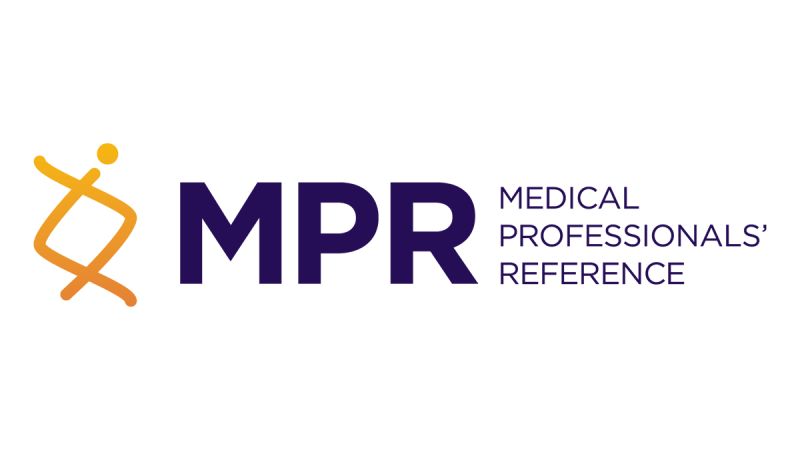
The USPSTF has released updated recommendations for osteoporosis screening, providing clear guidance for healthcare providers regarding screening protocols for different patient populations. Based on comprehensive review of clinical trials and systematic reviews, the task force presents evidence-based recommendations that differentiate between screening approaches for women aged 65 and older, younger postmenopausal women at increased risk, and men.
Key Points:
- The USPSTF assigns a “B” recommendation for osteoporosis screening in women aged 65 years and older, indicating moderate certainty of moderate net benefit based on clinical evidence showing reduced fracture risks in screened populations.
- Clinical trials demonstrate significant reductions in fracture risk among screened individuals, with pooled relative risks of 0.83 for hip fractures and 0.94 for major osteoporotic fractures compared to usual care.
- Screening effectiveness translates to meaningful clinical outcomes, with absolute risk differences showing five to six fewer fractures per 1,000 participants screened.
- For postmenopausal women younger than 65 years who have increased risk factors, the task force maintains a “B” recommendation for screening, supporting early identification and intervention in this population.
- The task force issues an “I” recommendation for men, citing insufficient evidence to determine the balance of benefits and harms of screening, while calling for additional research in this population.

“While screening can identify men who have osteoporosis, we need more evidence on whether or not screening and current treatments prevent fractures in men.”
— John Wong, MD, Task Force Vice Chair
More on Osteoporosis
 PATIENT EDUCATION
PATIENT EDUCATION  OBESITY/WEIGHT MANAGEMENT
OBESITY/WEIGHT MANAGEMENT  EXERCISE/TRAINING
EXERCISE/TRAINING  LEGAL MATTERS
LEGAL MATTERS  GUIDELINES/RECOMMENDATIONS
GUIDELINES/RECOMMENDATIONS 